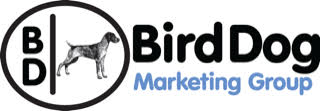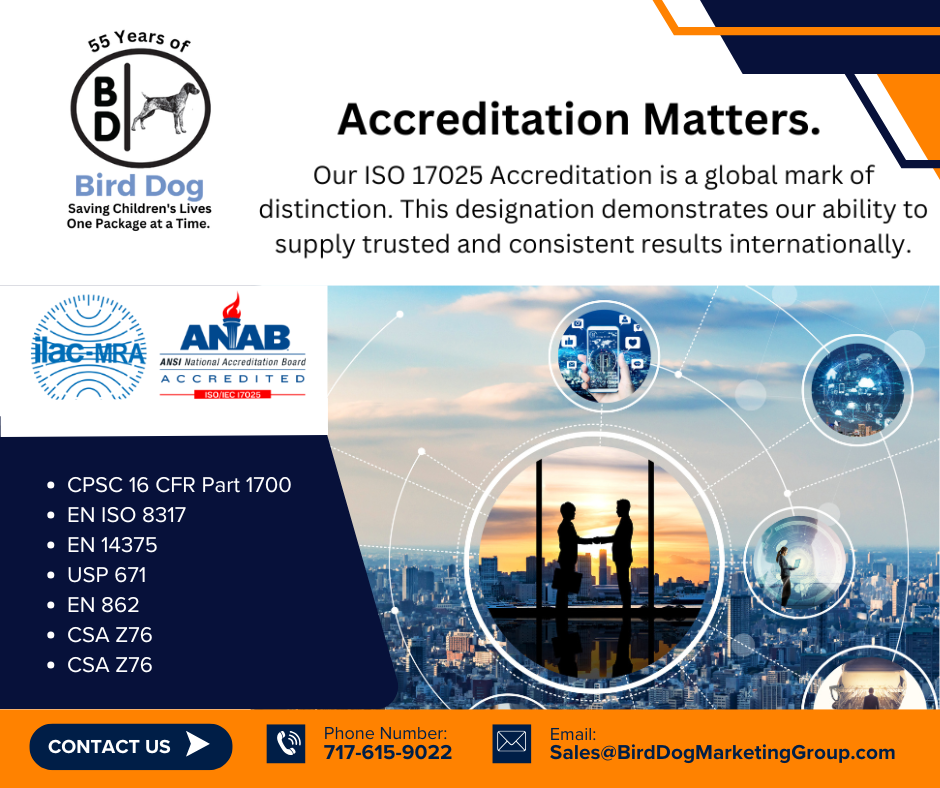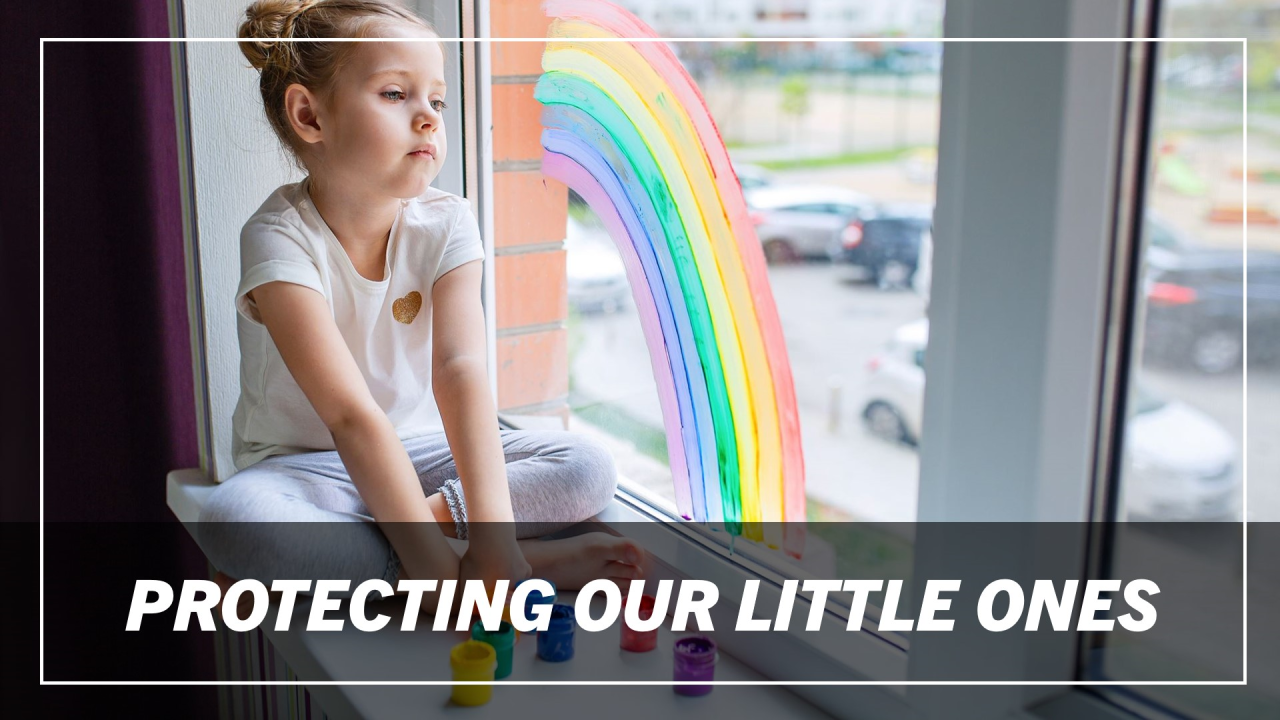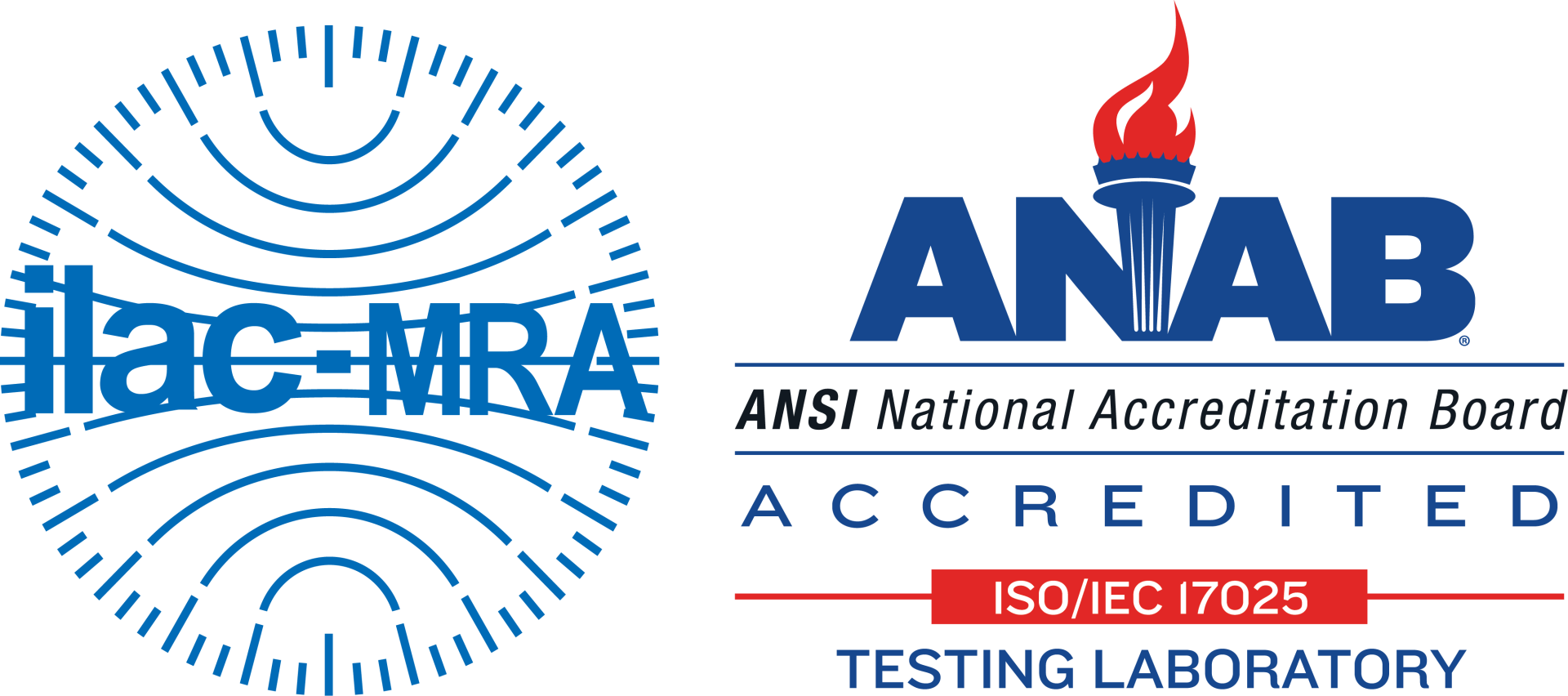Poison Prevention Week - Why it's important to use the word 'Child-Resistant' NOT 'Childproof'
Beth Mack • March 6, 2020
Child-Resistant Packaging is NOT Childproof Packaging
At Bird Dog Marketing Group, we wince at the word ‘childproof’ because it provides an opening for parents, grandparents, caregivers, and the public to let their guard down when it comes to protecting children from accidental poisoning.
In 1970, the U.S. Consumer Product Safety Commission introduced the Poison Prevention Packaging Act (PPPA) to protect children from serious personal injury or serious illness resulting from handling, using or ingesting hazardous household substances.
As defined by the CPSC in the Poison Prevention Packaging Act – Section 2 (4): The term “special packaging” means packaging that is designed or constructed to be significantly difficult for children under five years of age to open or obtain a toxic or harmful amount of the substance contained therein within a reasonable time and not difficult for normal adults to use properly, but does not mean packaging which all such children cannot open or obtain a toxic or harmful amount within a reasonable time.
Childproof packaging does not exist; however, child-resistant packaging does provide a ‘firewall’ of time to hopefully keep children out of the package long enough for a parent or caregiver to see the child trying to open the package.
Merriam-Webster Dictionary defines childproof as “designed to prevent tampering or opening.” For poison prevention packaging purposes, this definition of ‘childproof’ would indicate that children cannot open the package ever. There really is no such thing as childproof packaging – given enough time and determination some children under the age of 5 will find a way to open the package. Children are born to be inquisitive – it’s how they learn about life. Unfortunately, their curiosity can cause them harm or even death in the wrong situation.
As an expert in child-resistant package testing, the Bird Dog Marketing Group team educates clients about child safety and child-resistant packaging every day and unfortunately, we find the terms ‘childproof’ and ‘child-resistant’ often being used interchangeably.
During Poison Prevention Week and throughout the year, it’s important to remember that children are always watching and picking up clues about how life works. In some cases, this is a wonderful thing – they are learning how to feed themselves, how to put on their own socks, and how to run. But they are also watching when you open a bottle of medicine, where you placed the medicine bottle and how you opened the sink cabinet to put away the colorful dishwasher pods that look like candy. Here is a link to our Top Ten List - How to Protect Children from Accidental Poisoning.
As parents and caregivers, we can NEVER let down our guard when it comes to child safety. Always use child-resistant packaging and be proactive about how you handle and store harmful medicines, chemicals and household goods.
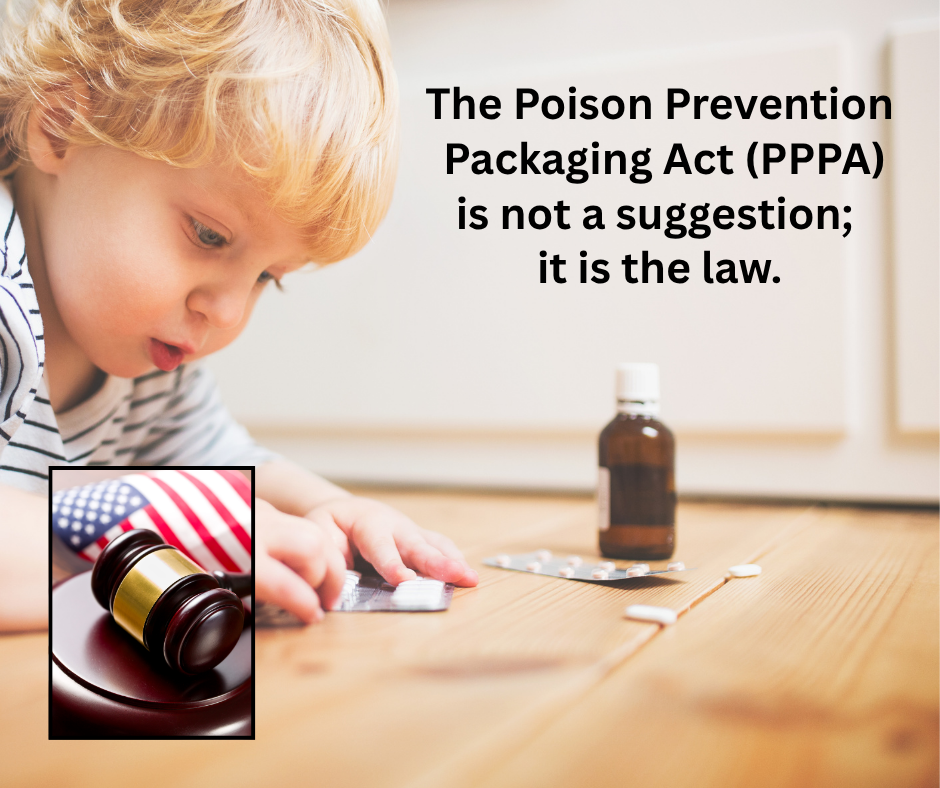
Every year, thousands of children are rushed to emergency rooms after accidentally ingesting household products or medications that were not properly secured. The incidents are tragic—and often preventable. That is why the Poison Prevention Packaging Act (PPPA) exists. Enacted in 1970 , the PPPA requires that many everyday substances—such as prescription drugs, over-the-counter medications, cleaning products, and certain chemicals—be packaged in child-resistant containers . These are designed to be difficult for young children to open, but accessible for adults. Why the PPPA Matters Before the PPPA, accidental poisonings were one of the leading causes of death among children under five years old in the United States. Since its implementation, the law has saved countless lives by dramatically reducing incidents of accidental ingestion. It is not just about compliance; it is about responsibility. Child-resistant packaging creates a crucial barrier between children's natural curiosity and potentially lethal substances. Even one oversight—one improperly packaged product—can have devastating consequences for a family. It is Not a Recommendation. It is Law! The PPPA is federal law enforced by the Consumer Product Safety Commission (CPSC) . Manufacturers, packagers, and distributors must comply with their requirements. Noncompliance can result in serious legal and financial penalties—not to mention the ethical cost of endangering public safety. Every organization involved in the manufacture or distribution of regulated products should treat PPPA compliance as non-negotiable. This includes ensuring that: All applicable products use approved child-resistant packaging. Packaging designs are tested and certified. Staff are trained in PPPA requirements. Documentation is maintained for audits or inspections. An SOP (Standard Operating Procedure) for your CR testing requirements are strongly recommended. Protecting Children Is Everyone's Duty Child safety should never be taken lightly. The PPPA stands as one of the most impactful public health laws in U.S. history, and it remains just as vital today as it was over fifty years ago. Whether you work in package manufacturing, pharmaceuticals, consumer healthcare, agriculture, chemical, cannabis, retail or any industry that uses special packaging—your role in preventing accidental poisonings matters. Compliance is not optional. It is the law , and more importantly, it is a commitment to protecting the most vulnerable among us. If you have any questions regarding child-resistant packaging and how to meet child-resistant package regulations - call Bird Dog Marketing Group LLC at 717-615-9022 or email sales@birddogmarketinggroup.com. Bird Dog Marketing Group is an international industry leader in Child Resistant (CR) and Senior Adult Use Effectiveness (SAUE) protocol testing. For over 55 years, we have been providing comprehensive research and testing services and have a record of success in safety and child-resistant package testing. We have tested and evaluated thousands of different package types, including unit dose packages, pouches, bottles, and containers with a variety of closures, aerosol cans, pump dispensers and more. Our team provides an assurance of accuracy and hyper-focused attention to detail for all package testing.
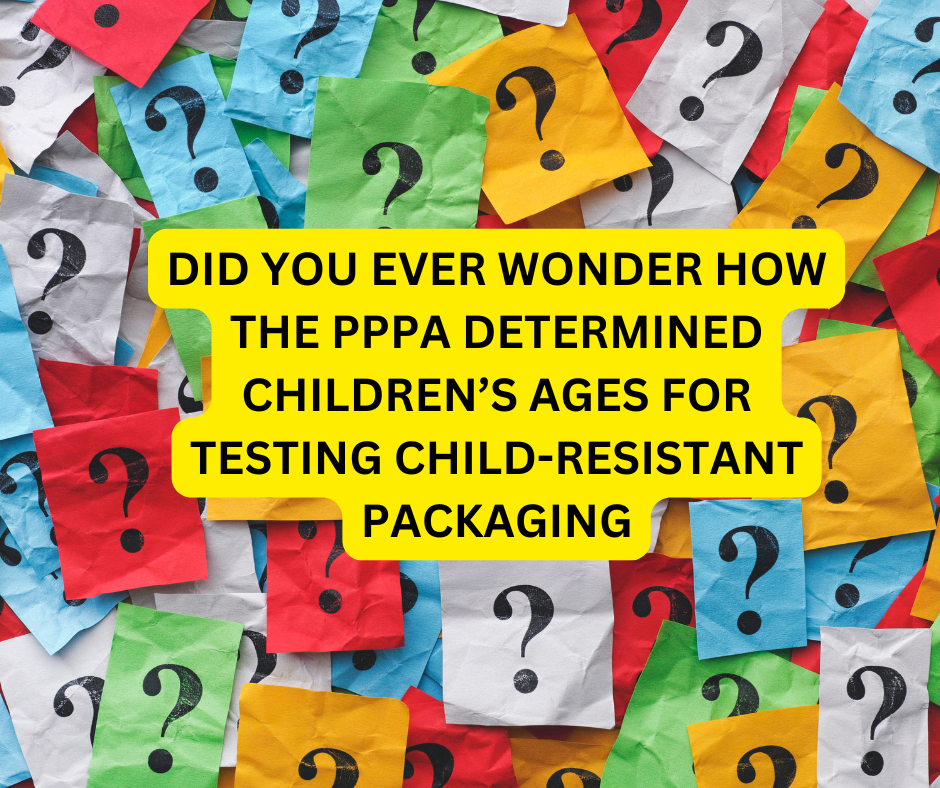
The Poison Prevention Packaging Act (PPPA), enacted in 1970, is one of the cornerstones of child safety regulations in the United States. Its primary goal is to prevent children from accessing hazardous household substances like medications, household chemicals, and other toxic products. As part of this initiative, the law requires certain products to be packaged in child-resistant containers. The question is: how did the government determine the specific age ranges of children who should be tested for these packaging requirements?
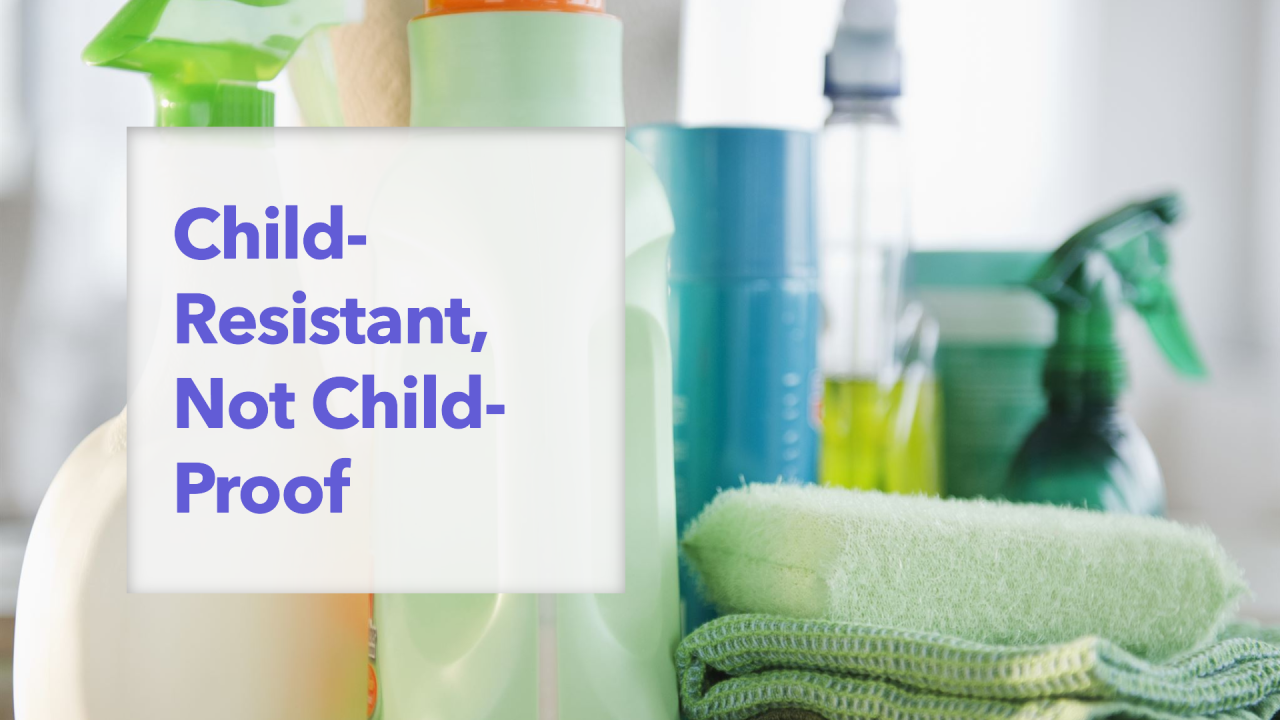
Dispelling the Myth: Why There is No Such Thing as Child-Proof Packaging. In the realm of product safety, particularly concerning items like medications, household cleaners, and chemicals, the term "child-proof packaging" is commonly used. However, despite its widespread usage, the concept of truly child-proof packaging is a misnomer. We will delve into why there's no such thing as completely child-proof packaging and what measures can be taken to enhance child safety.
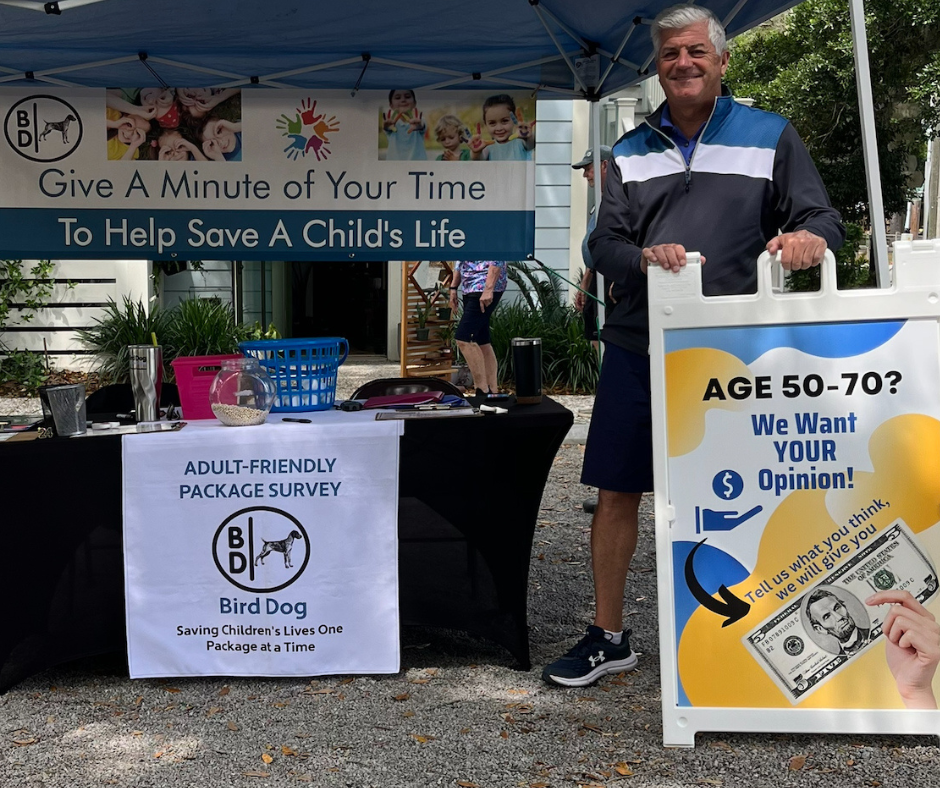
Our test proctors administering adult-use package testing are often asked, “Why are you only testing adults 50-70 years of age?” Here’s the story behind that decision. When the U.S. Congress passed the Poison Prevention Packaging Act of 1970 (PPPA), the Consumer Product Safety Commission (CPSC) required child-resistant packaging for specific drugs and household chemicals that could harm children. Package manufacturers developed and introduced new child-resistant packaging to comply with the requirements. Per the PPPA, the specialty packaging required certification that they were child-resistant. At the time, the adult-use effectiveness portion of the package test protocols included adult test subjects 18-45 years of age, a significant change from our current adult-use effectiveness subjects who are 50-70.
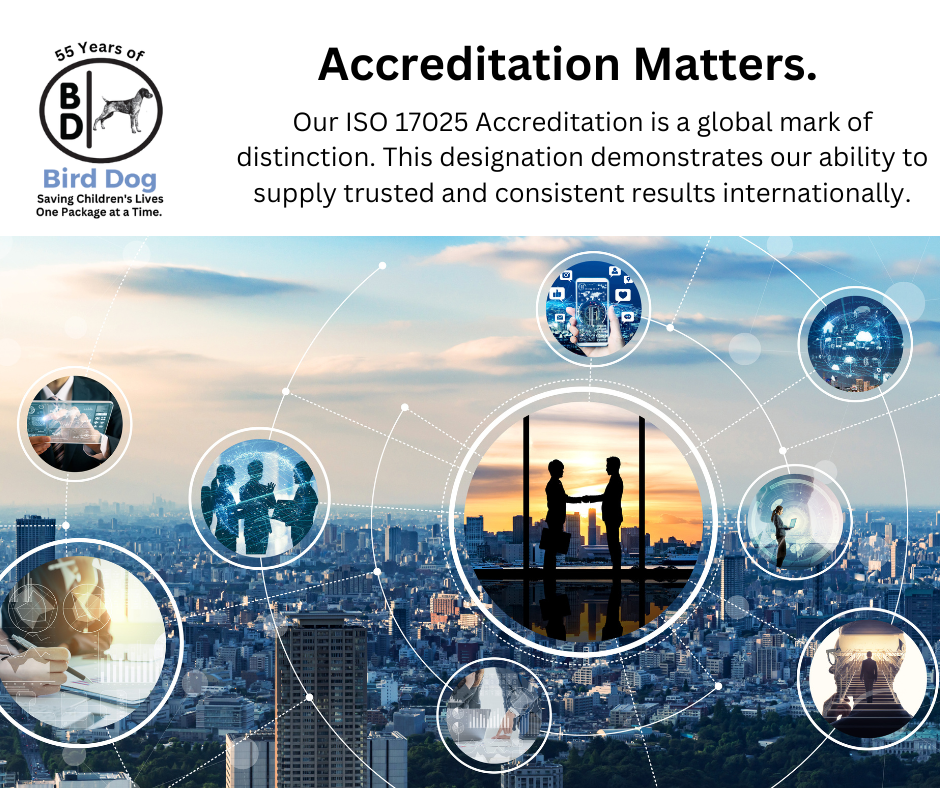
As the world leader in child-resistant and senior-friendly package testing, Bird Dog Marketing Group considers ISO 17025 accreditation an essential requirement for all testing laboratories, and this is why we choose to be audited for accreditation annually. Our global customers have the assurance that they can trust the results we provide to them on every test.
